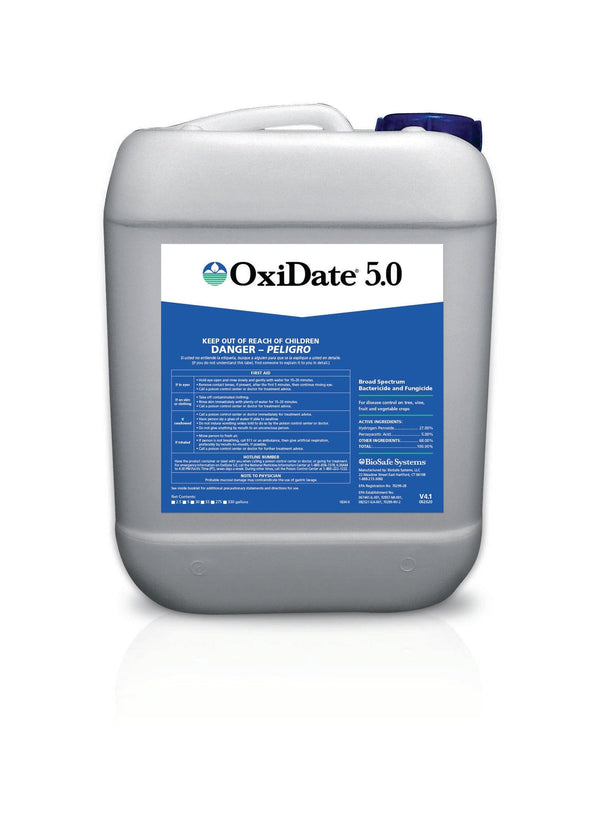Botrytis Control
Organic and natural disease control. Botrytis is a fungal disease, also called gray fuzzy mold, that occurs year round during cool temperatures and high humidity. Monitoring and prevention are key to controlling this common disease. Read more on our Botrytis Page.
Shop Now for Fungal Disease Control

